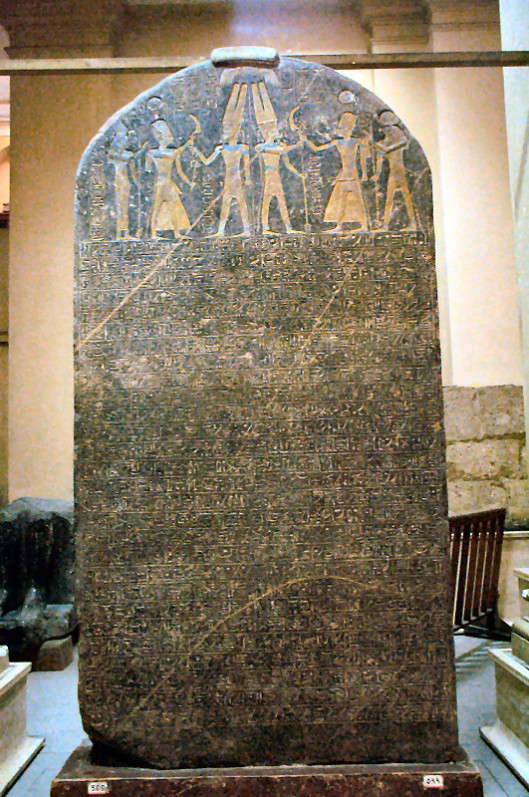Sharing here what I’ve found of interest in an alternative view to Finkelstein’s account of the rise of the kingdom of Israel.
While Finkelstein sees the rise of Samaria and Omride dynasty in the context of cyclical demographic-economic patterns within the central hills area of Palestine and as an outgrowth of an ethnic unity and a former united kingdom, Thompson argues that a survey of a broader range of evidence (and without presuppositions of a united kingdom) suggests Samaria was built as a capital of a kingdom in response to the region being drawn into the wider world of international trade.
Finkelstein’s views are widely known through his popular books written in collaboration with Neil Asher Silberman. Hence my focus here on a digestible summary of Thompson’s views, in particular from his Early History of the Israelite People. The book is available free in Google books online — but legal matters prevent the publication of all its pages.
Climate change preparing the way for a northern kingdom
From around 1050 – 1000 b.c.e. the “great Mycenaean drought” came to an end. This drought period (ca 1200 to 1050 b.c.e.) forced populations from Palestinian lowlands to seek livelihoods in new areas and for the first time the highlands of “Ephraim”, (with their semi-steppe areas, fertile plateaus and valleys, and rugged western slopes) were opened up to small villages and agriculturalists and pastoralists.
This was the beginning of settlement of what was to become the kingdom of Samaria.
1050 to 850 b.c.e. sees throughout all Syria-Palestine
- improved climate
- population explosion
- transformation from regionally and subregionally based markets to interregional and international markets
- increased demand for oil, timber, wine, meat, dairy products
Part of the evidence for the above involves the expansion of population and farming in terraced areas of the central hills area that are more suited to cash crops (nuts, fruits, wine, oil) than subsistence agriculture.
[T]heir development necessarily involves regional trade. Their disproportionate expansion . . . suggests an even greater economic development of extra-regional trade, and with that an involvement in increasing centralization. (p.232)
With widening commerce comes increased importance of access to trade routes.
These were the conditions that existed before the rise of Samaria as the capital of a northern kingdom.
At Samaria, the establishment of a political base of power is logically prior to the actual building of the city. (p.408)
Rise of a Kingdom, not an imperial city-state
In my previous post I mentioned Thompson’s interpretation of Jerusalem’s late rise and expansion of power as being that of an imperial city-state coming to dominate surrounding regions. Palestine had until Samaria’s appearance known only city-states as dominant centres of power — “i.e., essentially agriculturally based market town[s] with an indigenous Hinterland supporting . . . ” But Samaria was something new.
What was established here was new to Palestine. Moreover, the lack of geographically unifying factors in the geographical structure of the central hills, and the development of numerous subregional centers throughout the central highlands militated strongly against an expanding dominance of a single city over such a diverse population. . . . (p. 408)
The inevitable origin and fate of Samaria:
The motive force behind the development of Samaria was the end result of the rationalization of trade to accommodate the rising demands of markets external to the central hills, a development that small scale trade simply could not foster. This led to the formation of a region-wide agricultural cartel with an autonomous center free of any single subregion’s dominance. Samaria was built to monopolize and funnel oil production, timber and other products to the trade routes of the Jezreel, linking Samaria’s fate inexorably to the Jezreel and to the greater world of politics, caravans and soldiers. (pp. 408-9 – my emphasis)
Samaria was built “as a capital city with dominant public structures”, although it did additionally develop the economy of a city-state as well.
Assyrian texts provide further evidence that Samaria was the capital city “of much of the region of the central highlands”.
Thompson comments that these texts suggest that Samaria found itself in competition with Tyre and Damascus for control of the Jezreel and Galilee regions.
A Moabite text also points to a struggle between Moab and Israel (Samaria) over the Gilead area. Damascus and Ammon may also have sought influence here.
The ethnic gulf between Samaria and Jerusalem
Variable Linguistics
It’s easy to think of biblical Hebrew having been around since Adam, but Thompson addresses some interesting questions about the linguistic variations throughout Palestine in the Bronze and Iron age periods. See pp. 336-339. Biblical Hebrew is a relatively late development, and it has been argued (Knauf) that it is an artificial literary construct. Thompson refers to E. A. Knauf’s studies of the branches of Canaanite languages, and the distinction between “core Canaanite” (Phoenicea, Israel), and “fringe Canaanite” (Judaean, Ammorite, Moabite and Edomite).
Divergent Origins
Israel developed out of the population dislocations of the great Mycenaean drought.
Judah originated out of the expansion of the olive industry (to meet demands of international trade) that brought about the enforced sedentarization of pastoralists and nomadic groups.
Assyrian Dominance: less unified than ever
It was Assyrian imperial policy to “systematically [destroy] the coherence of the population and the economic and political infrastructures that had been the foundation of Israel’s solidarity and the source of its strength.” (p. 414)
They did this, of course, through mass deportations of populations.
Not only were the elite deported, but craftsmen, corvee laborers, women for the slave trade and men for the army, and indeed entire villages and towns were moved across great distances of the empire.
Conclusion
[T]he conclusion becomes difficult to avoid that just as the origin of the ninth and seventh-century states of Israel and Judah were wholly separate, they were also unlikely to have any more common an ethnic base than had any other two neighbouring states of the Southern Levant. (p.412)
Like this:
Like Loading...
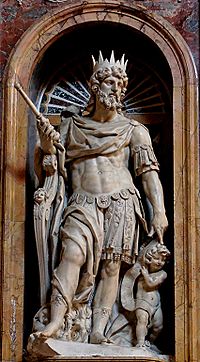 Here I look at the argument that the inscription (bytdwd) apparently referring to David (dwd) or the “house of David” in the Tel Dan Inscription is best explained as a reference to an epithet (meaning “beloved”) for the god Yahweh.
Here I look at the argument that the inscription (bytdwd) apparently referring to David (dwd) or the “house of David” in the Tel Dan Inscription is best explained as a reference to an epithet (meaning “beloved”) for the god Yahweh.
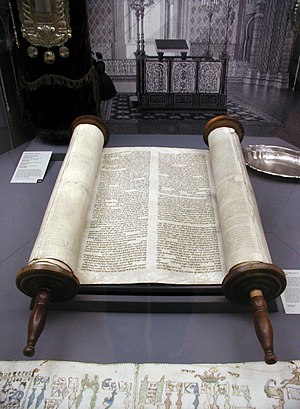


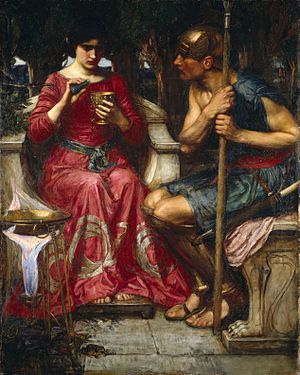



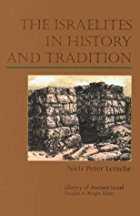 This post is based on a discussion by Niels Peter Lemche in
This post is based on a discussion by Niels Peter Lemche in 
